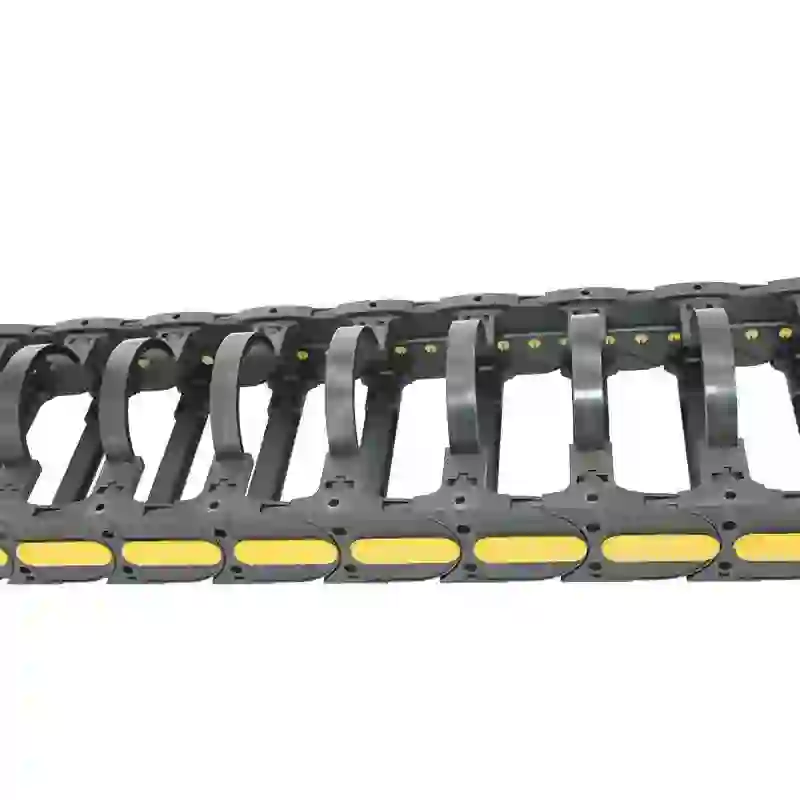Understanding Synchronicity in Belt Systems for Enhanced Performance
Understanding the Sync Belt Importance and Functionality in Automotive Systems
The sync belt, more commonly known as the timing belt, is an essential component in internal combustion engines and plays a pivotal role in ensuring the proper functioning of the engine. Often overshadowed by other more prominent parts, such as the engine block or transmission system, the sync belt's importance cannot be overstated. This article delves into what a sync belt is, its functions, maintenance, and signs of failure, thereby highlighting its crucial role in vehicle performance.
What is a Sync Belt?
The sync belt is a toothed belt used to synchronize the rotation of the crankshaft and camshaft. The camshaft controls the opening and closing of the engine’s valves, while the crankshaft controls the pistons' movement. In essence, the sync belt coordinates these two crucial engine functions, ensuring that they operate in harmony. The design typically comprises rubber reinforced with fibers to withstand high levels of stress, heat, and wear over time.
Functions of the Sync Belt
The primary function of the sync belt is to maintain timing between the crankshaft and camshaft. Proper synchronization is essential for optimal engine performance. If the camshaft is out of sync, it can lead to various engine issues, including poor performance, reduced fuel efficiency, and even potential engine damage. The timing belt also drives several other engine components, including the water pump, power steering pump, and alternator in some cases, thereby playing a broader role in the vehicle's operation.
A well-functioning sync belt ensures that the engine's valves open and close at the right times during the combustion cycle
. This timing is crucial for maximizing power output and maintaining fuel efficiency. Moreover, it helps minimize the chances of catastrophic engine failure, which can occur if the belt snaps and causes the pistons to collide with open valves—a condition known as interference engine failure.Maintenance of the Sync Belt
sync belt

Regular maintenance of the sync belt is vital for the longevity and performance of an engine. Typically, manufacturers recommend replacing the sync belt every 60,000 to 100,000 miles, but this can vary based on the make and model of the vehicle. Regular inspections can help identify signs of wear, such as fraying, cracking, or other forms of deterioration.
In addition to changing the sync belt at recommended intervals, it is prudent to inspect and replace associated components, such as the tensioners and idlers. These parts help keep the belt taut and engaged. A worn tensioner can lead to belt slippage, which may cause the timing to go awry, leading to severe engine problems.
Signs of Sync Belt Failure
There are several warning signs that indicate a potential sync belt failure. These include unusual noises such as whining or squeaking, which can be indicative of a worn belt or failing tensioner. Additionally, illuminated warning lights on the dashboard may signify an engine timing issue. Slipping gears, reduced engine power, and an audible thumping noise are other red flags that should prompt immediate inspection.
If a driver experiences any of these symptoms, it is crucial to have the vehicle inspected by a qualified mechanic as soon as possible. Ignoring these signs can lead to a complete breakdown, resulting in expensive repairs or even the need for a new engine.
Conclusion
The sync belt is often an overlooked yet integral part of a vehicle’s engine system. Its role in synchronizing the camshaft and crankshaft is vital for optimal engine performance and fuel efficiency. Regular maintenance and timely replacement are essential in preventing unexpected failures. For automotive enthusiasts and everyday drivers alike, understanding the significance of the sync belt is crucial to ensuring a smooth and trouble-free driving experience. By recognizing the importance of this component and addressing maintenance proactively, vehicle owners can extend the life of their engines and enjoy a more reliable automotive experience.








